
A peek in the Classic Driver Marketplace reveals a selection of competition cars certain to set the pulse racing:
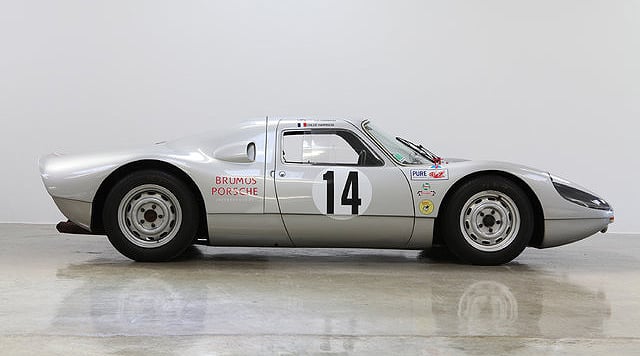
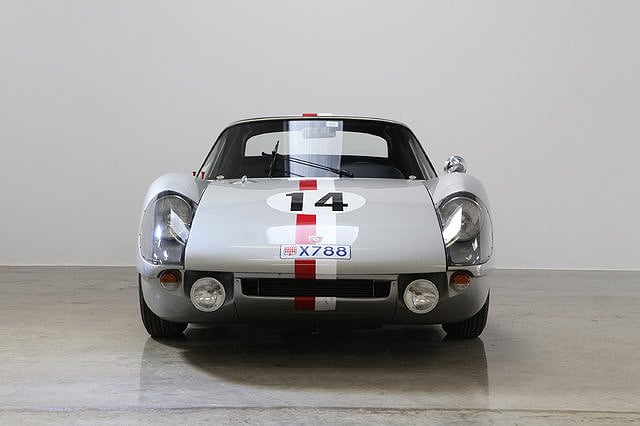
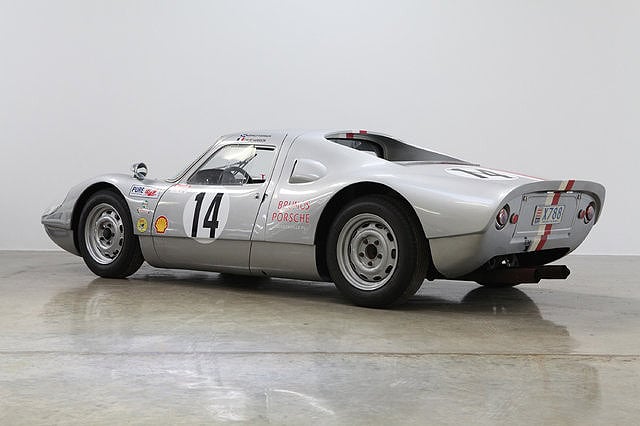
Known at the time for its super-lightweight, small-capacity spyders and coupés, based on a tubular chassis with light-alloy coachwork, the ladder-chassis with structural, all-glassfibre-bodied 904 introduced in 1964 came as something of a surprise.
However, success on the race track soon followed in the hands of works drivers and privateers. In the spring of 1964, the Anglo-Italian pairing of Colin Davis and Antonio Pucci won the gruelling Targa Florio, with countless other class and overall wins to fall to the 904 right up to the end of the decade.
This car was originally delivered to the USA in June 1964 and is now eligible for events such as the Le Mans Classic and Tour Auto (in which it competed in 2011)... for further information >>
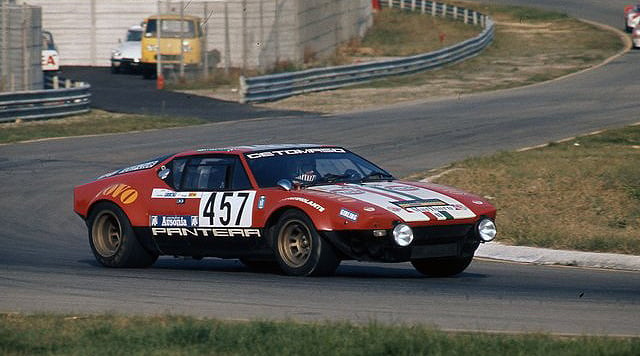
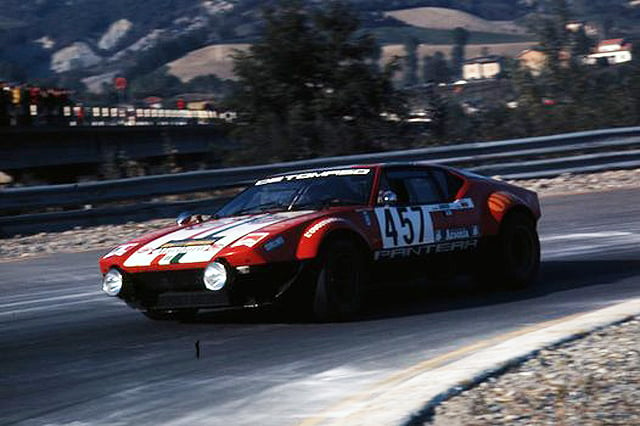
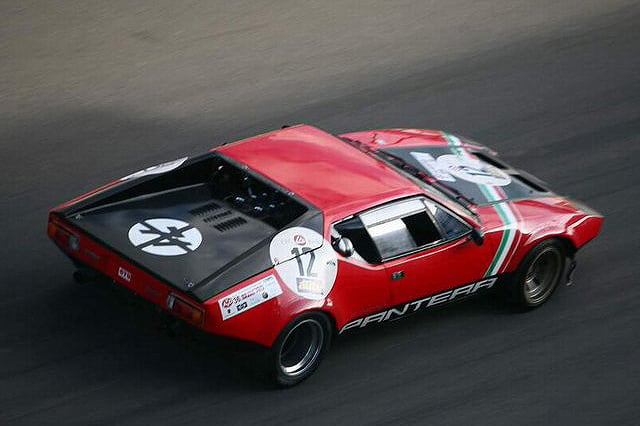
The successor to the innovative Mangusta, De Tomaso’s Pantera was of a more conventional construction that led to it being not only a more practical car to own, but also having a production run that extended from the early 70s to the early 90s.
As a racing car, its on-paper specification of mid-mounted, iron-block Ford V8, good weight distribution and smooth aerodynamics led to several being campaigned in the Grp. IV category at Le Mans, the Nürburgring, Spa-Francorchamps, etc.
This particular car is the only one run by the factory and has a stellar history that includes over 90 victories, winning the 1973 Giro d'Italia and the 1975 European GT Championship... for further information >>
Renault Alpine GTA, Europa Cup Winner 86/87/88, ex-Sigala
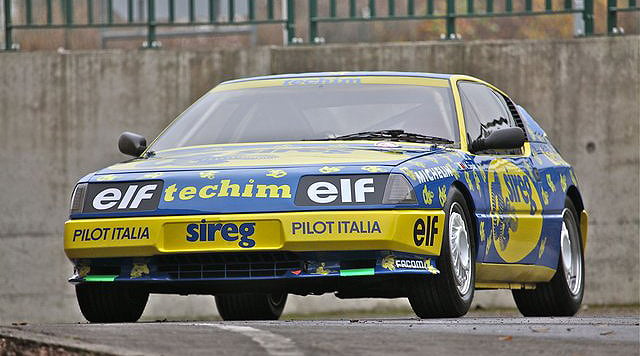
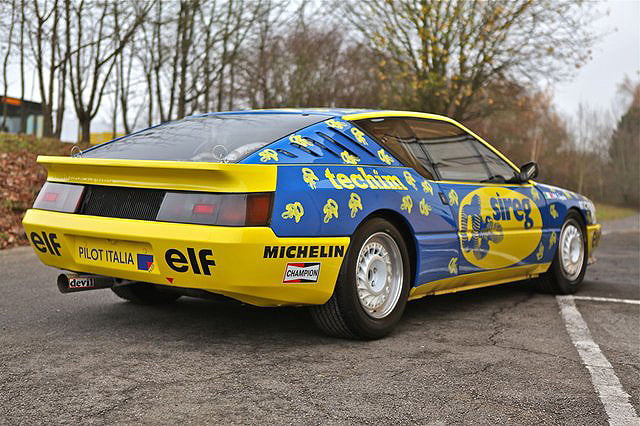
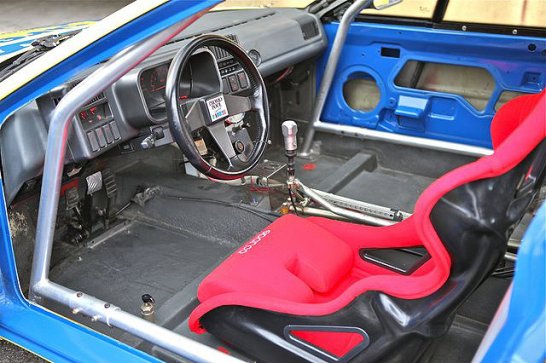
For those attending international races in the late-80s, a highlight before the main event was often the sight of 30+ Renault Alpine GTAs bumping and boring their way around the circuit, in the process redefining the expression “no holds barred”.
The glassfibre-bodied cars carried a turbocharged Renault V6 amidships, powerful enough to propel the Europa Cup-spec cars to a useful top speed which could be improved upon with careful slipstream and drafting.
The Sicilian-born Massimo Sigala was an expert at the wheel of a racing GTA and duly won the Europa Cup in 1986, 1987 and 1988. This is his 1988 car... for further information >>
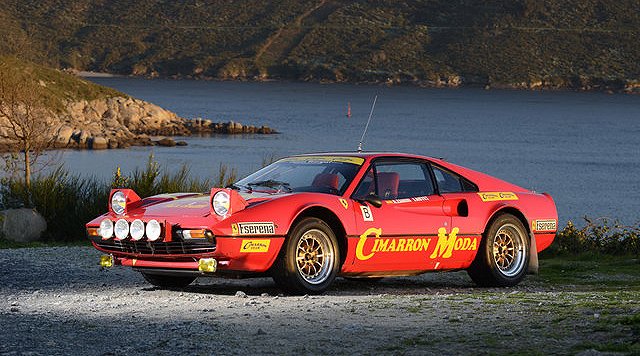
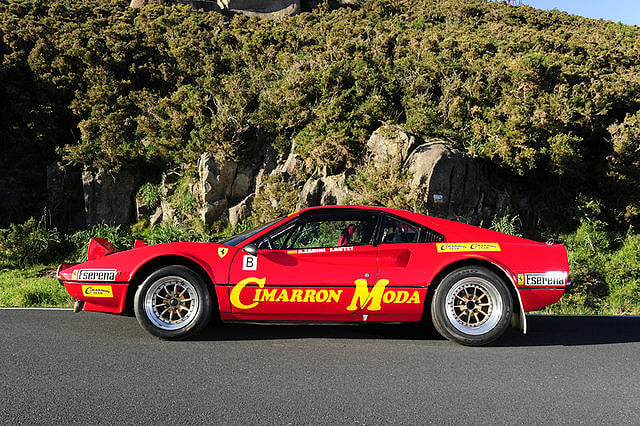
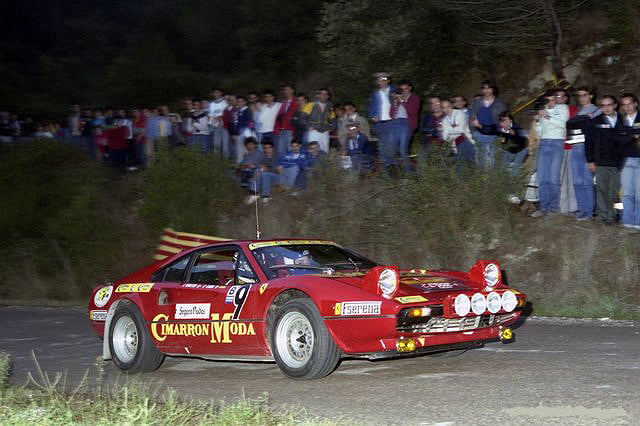
In the 308 GTB, Ferrari had the perfect basis for the newly introduced Group B rally rules. Mid-engined, with good weight distribution, a tunable 3-litre V8 and sophisticated brakes and suspension, although not anywhere near the 288 GTO power-wise, the Michelotto-prepared 308 GTBs were soon winning European road rallies.
The example you see here has been rallied extensively in Spain in period and is in very original condition, with many special Michelotto homologated parts... for further information >>
Ferrari 500 Mondial Pinin Farina Spider
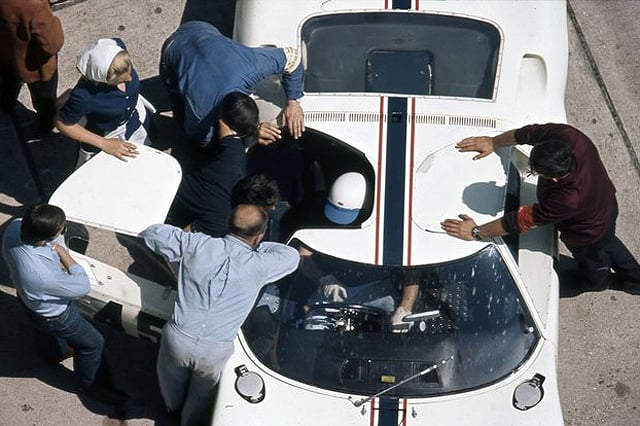
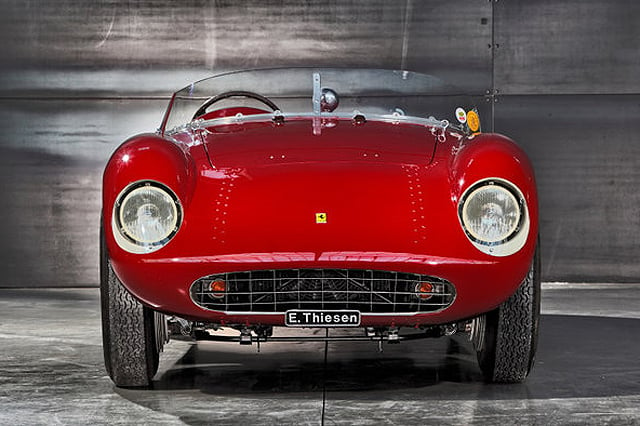
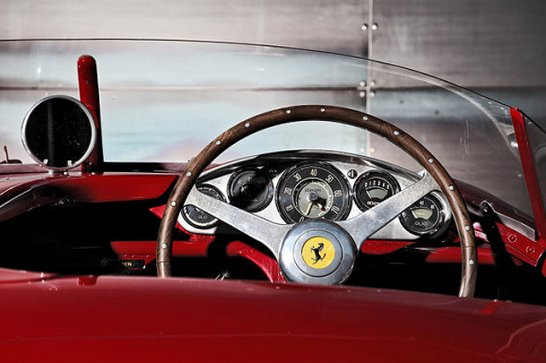
The North American market of the 1950s was a highly profitable one for Ferrari, Maserati and Porsche, all successful marques in European events and all with a catalogue of off-the-shelf racing cars perfect for competition by wealthy American drivers.
This car is typical of the genre. Originally delivered to Dominican playboy Porfirio Rubirosa, it was soon exported to the States where it featured in the hands of Phil Hill (no less, a future World Champion) and the great privateer Ernie McAfee.
Although it had a two-litre, four-cylinder engine when brand-new, this was soon replaced in period by a more potent three-litre... for further information >>
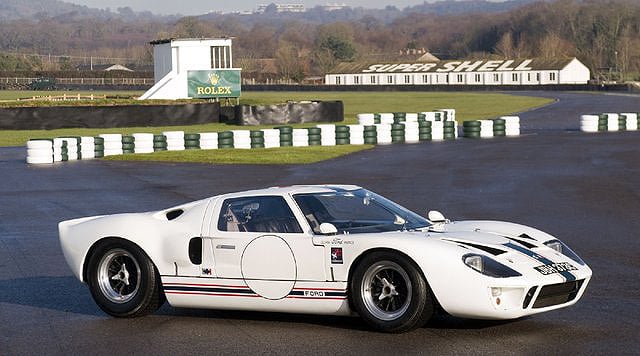
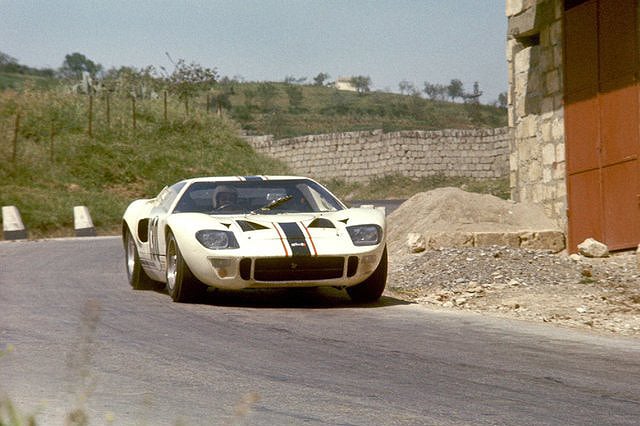
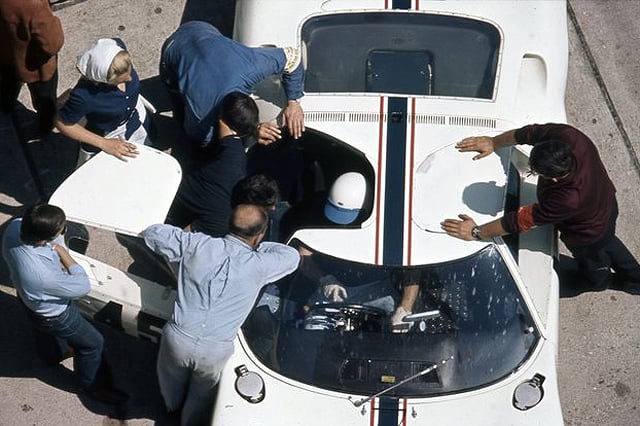
Ford’s great challenger to Ferrari for supremacy at Le Mans needs little introduction. The ‘40’, of course, refers to its height in inches. As a 1960s high-tech, money-no-object racing car with computer-aided design and wind-tunnel aerodynamics, it set the standard until the one-off Chaparrals and Porsche’s incredible 917 appeared later that decade.
GT40s were run as factory entries and were also a popular choice for the well-heeled privateer. This car was campaigned under the Ford France banner, first driven by future Formula 1 constructor Guy Ligier... for further information >>
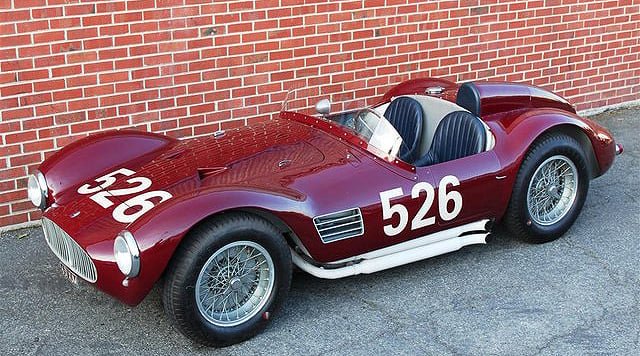
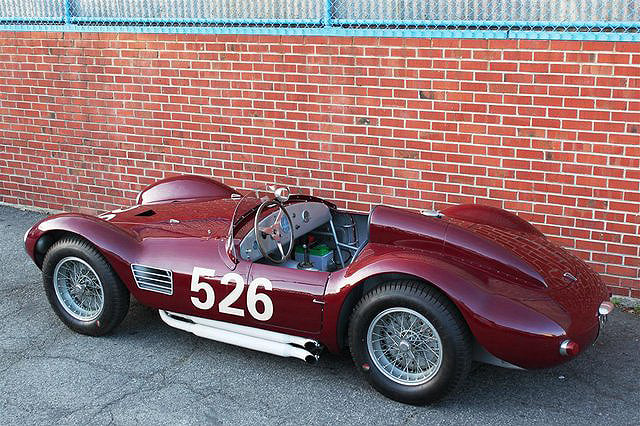
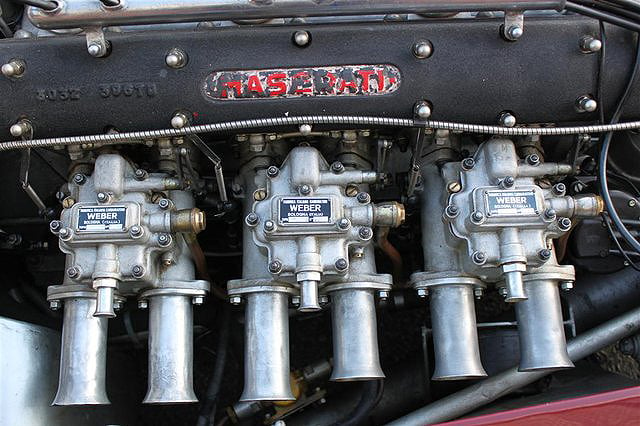
For those fortunate enough to afford it, the immediate post-War and mid-50s period of motor racing was one of the most exciting (and dangerous).
In that period, Maserati was primarily a manufacturer of customer racing cars, with a few limited-series road cars for the super-rich and a very expensive Formula 1 programme to maintain (the immortal 250F).
So, cars such as this A6 GCS, originally delivered to France in April 1954, were a popular choice for a wealthy amateur racer and provided the Modenese company with valuable cash to keep its single-seater racing hopes alive... for further information >>
Alfa Romeo Tipo 33/2 ‘Daytona’
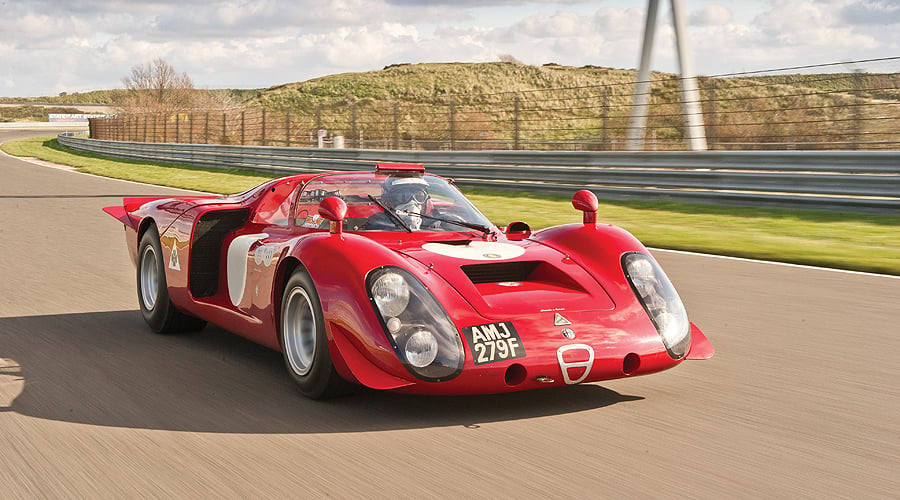
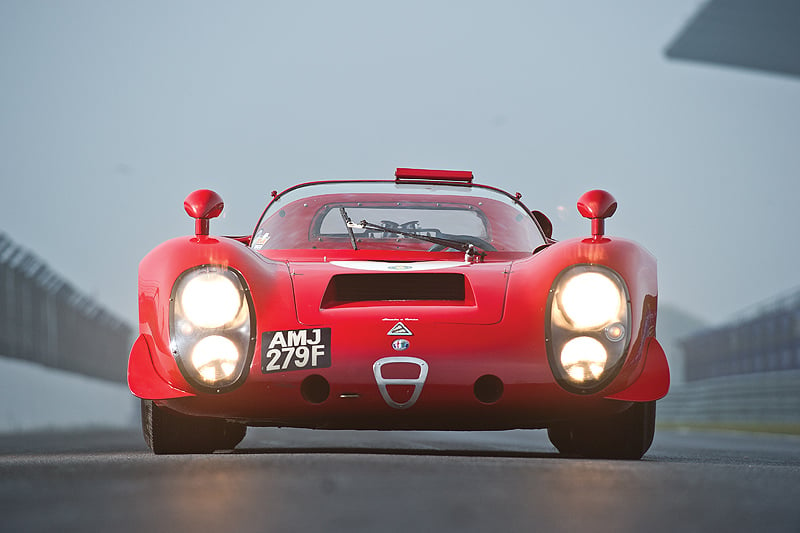
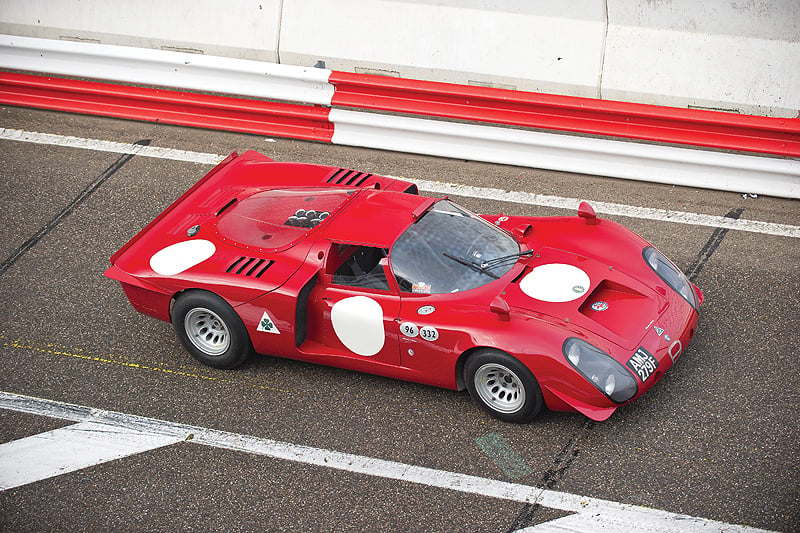
Alfa Romeo, under its Autodelta subsidiary, was a regular entrant in long-distance racing from the late-60s to the mid-70s. Its ‘Tipo 33’ formed the mainstay of this programme, with originally a 2-litre V8, then expanding first to 2.5-litre and ultimately 3-litre V8 and flat-12 configuration engines.
The earlier cars were known for their attractive coupé (in actual fact more ‘Targa’ as the roof panel was removable) bodywork. Early in 1967, Autodelta took on the all-conquering factory Porsche team and achieved a fine 2-litre class win at the Daytona 24 Hours. Hence the familiar ‘Daytona’ suffix to this early version of the Tipo 33/2.
This particular car is almost unique in having an extensive known history that includes an overall win by Vaccarella/Zeccoli at Imola in 1968, leading two more 33/2s home in a memorable Alfa 1-2-3... for further information >>
Photos: The Dealers


























